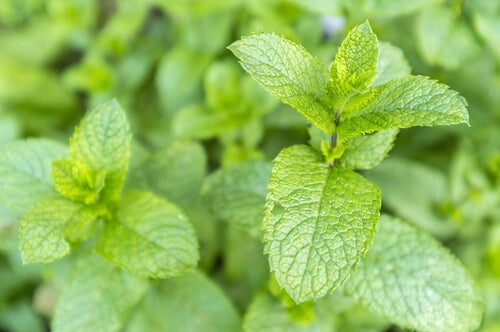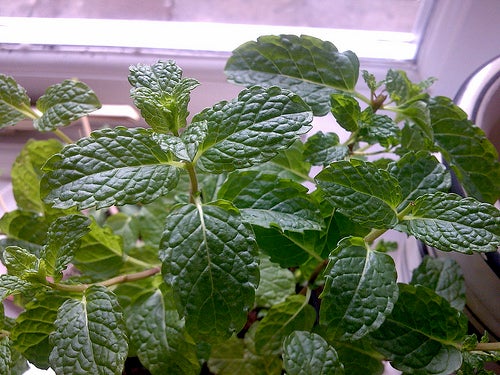Las plantas han sido incluidas desde hace mucho en la decoración de espacios en el hogar, la oficina, los negocios, entre otros, ya que además de dar un toque muy fresco y natural a estos lugares, también se cree que mejoran el flujo de energía positiva, con la capacidad de evitar las energías negativas.
De acuerdo con los expertos en el tema, determinadas plantas tienen más capacidad para promover las energías positivas y darnos una sensación de bienestar cada día, en comparación con otras. Cabe aclarar que estas plantas deben estar vivas, es decir las debemos tener en una maceta y darles cuidados muy especiales. Dejando esto claro, a continuación te compartimos las 10 mejores planas para atraer energías positivas.
Cactus
Los cactus son muy hermosos y le brindan un toque decorativo muy especial a los espacios en nuestro hogar u oficina. Es una planta que requiere de cuidados especiales para su mantenimiento y se dice que tiene la capacidad de alejar la envidia, los intrusos, las personas malintencionadas, los hipócritas y absorbe las malas energías electromagnéticas de los electrodomésticos.
Hierbabuena

Además de ser una planta con muchos beneficios para la salud, la hierbabuena también ha sido utilizada para protegerse ante maleficios y la envidia de otras personas. La hierbabuena es la planta del bienestar y se cree que quienes tienen una planta fresca de hierbabuena, atraen la prosperidad económica.
Bambú
El bambú se ha puesto de moda para decorar el hogar, pues además de darle un toque muy sofisticado a nuestro salón, también se ha hecho popular por atraer las buenas energías. Se dice que el bambú integra el crecimiento y el agua, ofreciendo la pureza, la transparencia y la vida. Tener esta planta en nuestro hogar nos aporta sensación de bienestar, tranquilidad y aleja las envidias.
Jazmín

El jazmín es conocido como la planta de la pareja, pues beneficia las relaciones en el campo espiritual. Se recomienda tener esta planta en la habitación y/o espacios donde más se comparten con la pareja, ya que atrae las buenas energías para fortalecer la relación y el romance.
Romero
El romero es una planta con grandes beneficios medicinales que han sido utilizados desde la antigüedad en muchas culturas. A nivel espiritual, esta planta es conocida por atraer amores sinceros y la felicidad. Además de tener una plata fresca de romero en casa, también se recomienda colocar unas ramitas de romero en bolsitas de tela y distribuirlas en varios espacios del hogar para atraer la fidelidad de quienes te rodean.
Menta

La menta es una planta con muchas propiedades medicinales que podemos llegar a aprovechar en cualquier momento. Tener esta planta en casa no sólo nos garantiza una buena aliada para la salud, sino que promueve las vibraciones positivas en cualquier ambiente. Se dice que la menta combate las malas vibras y ayuda a combatir el insomnio. También puede ayudar a mejorar la comunicación en el hogar.
Tomillo
El tomillo es una planta que desde la antigüedad ha sido utilizada para limpiar los espacios de las malas vibras. Esta planta es considerada como una purificadora, ya que combate las malas energías, evita las pesadillas y promueve la autoestima. Tenerla en casa asegura protección del hogar y de sus habitantes.
Crisantemos
Los crisantemos son conocidos por su belleza y por brindar sensación de bienestar en el hogar. Esta planta promueve la felicidad y el buen humor, por lo que es recomendada para espacios donde se genere constante tensión y/o discusiones. Los crisantemos están relacionados con una vida de relajación.
Eucalipto

Esta planta tiene la capacidad de combatir y alejar las malas vibras, que casi siempre vienen con personas envidiosas o malintencionadas. Se recomienda para negocios u oficina, pues es una planta que atrae la prosperidad. También es ideal para conciliar mejor el sueño y liberar espacios de energías pesadas.
Sábila
Es una planta utilizada en los rituales contra la mala suerte y las envidias, pues se dice que es una de las más fuertes para combatir las malas vibras. Es conocida por atraer la prosperidad y las buenas energías en cualquier lugar del hogar donde se encuentre ubicada. Popularmente se cree que cuando la planta de sábila crece y está vital es porque está atrayendo la buena suerte. Si ésta se marchita es porque ha absorbido las malas energías y nos ha protegido.


